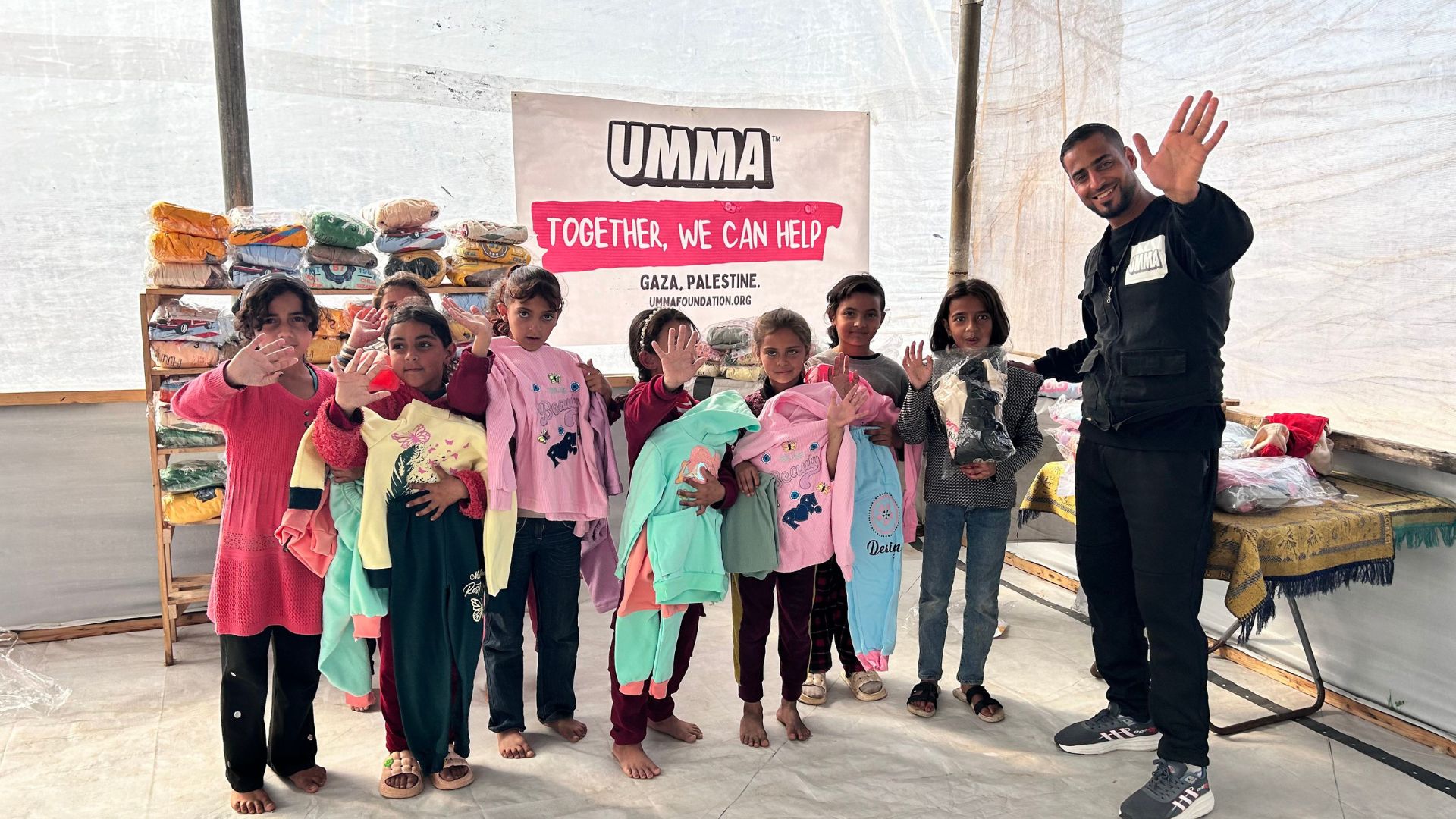In Gaza, Sudan, and other regions scarred by conflict, schools are often the first to fall. Bombed buildings, lost teachers, and displaced families make traditional education impossible. Yet amid destruction, the will to learn endures.
“Education Without Classrooms” is not just a metaphor — it’s reality for millions of children who study under tents, through radios, and on borrowed phones. Around the world, communities and NGOs are proving that while war can destroy walls, it cannot erase knowledge.
The Global Education Crisis
Across the globe, 222 million school-aged children live in conflict or crisis zones without consistent access to education, according to UNESCO’s Education in Emergencies report. For many, war has replaced teachers with trauma.
In Gaza, countless schools have been destroyed or turned into shelters. In Sudan and Yemen, classrooms have become overcrowded safe zones. UNICEF’s Education Under Fire campaign warns that children in conflict are twice as likely to be out of school as those in stable regions.
Yet, education is not a luxury. It’s a lifeline. Every lesson taught in a tent, every page read by candlelight, becomes an act of resistance — a quiet stand for dignity and hope.
Remote Learning and Innovation in Gaza
When classrooms collapse, learning must adapt. In Gaza, educators are finding ingenious ways to reach their students.
- WhatsApp and SMS learning: Teachers send daily exercises to students who respond through text or voice messages.
- Radio and community learning: Solar-powered radios broadcast lessons for children without internet.
- NGO-run digital hubs: Organizations provide shared tablets and safe spaces where small groups can study.
According to the World Bank’s MENA Digital Development brief, remote education is increasingly vital as only 6% of Gaza’s households have stable internet access.
Local NGOs — including Umma Foundation Campaigns — are stepping in to bridge these gaps by providing school kits, portable power sources, and digital materials for children cut off from traditional schooling.
Community-Led Education Models
In refugee camps and displaced communities, education often survives through collective effort. Parents, volunteer teachers, and older students create makeshift classrooms using recycled notebooks and chalkboards made from scrap wood.
A report from Save the Children – Education in Emergencies shows that peer-to-peer learning and community-led education can help maintain literacy and emotional stability during prolonged crises.
At Umma Foundation, we believe education is more than reading and writing — it’s a way to rebuild identity and confidence. By empowering local educators, we ensure that learning continues even when institutions fail.
Barriers to Digital Learning in Conflict Zones
While technology opens doors, not all children can walk through them.
- Power outages: Most areas in Gaza face daily blackouts lasting up to 12 hours.
- Internet instability: Only a small fraction of families can afford consistent mobile data.
- Cost barriers: Laptops, tablets, and even notebooks are scarce or unaffordable.
Displacement adds another layer of difficulty. According to UNHCR, more than 43 million people are displaced worldwide — half of them children. Many have no formal schooling for years.
To respond, NGOs and governments have developed low-tech education solutions, such as printed lesson packets, battery-powered tablets, and offline learning apps. These tools make “education without classrooms” possible even in the most isolated conditions.
Technology and Hope — The Rise of “Education Without Classrooms”
In recent years, technology has become both a challenge and a beacon of hope. AI-driven tools, open-source learning platforms, and mobile classrooms are revolutionizing how education reaches children in crises.
But as Umma Foundation emphasized in its recent feature, Ethical AI in Humanitarian Aid, innovation must be guided by ethics. Data privacy, accessibility, and cultural sensitivity are essential when developing education technologies for conflict zones.
Technology should amplify humanity — not replace it.
The Human Stories Behind Learning
Behind every statistic is a child’s story of determination.
Amina, 11, studies in Gaza using WhatsApp voice notes from her teacher. Even as air-raid sirens sound, she listens to her lessons by candlelight.
Khaled, 9, fled Darfur with his family. He now learns arithmetic from a volunteer teacher who uses pebbles to teach counting.
Layla, 14, attends a “tent classroom” organized by local mothers, where education is as much about healing as it is about academics.
These stories reveal an undeniable truth: education is resilience. It gives children structure amid chaos and hope amid fear.
How NGOs Like Umma Are Supporting Education
At Umma Foundation, our mission is to ensure that no child’s future is erased by war.
We support local educators through:
- 📚 School supply distribution — notebooks, pencils, and digital kits.
- 🌍 Community classrooms — tents and mobile shelters for safe learning.
- 💡 Digital literacy programs — preparing children for future opportunities.
- 🤝 Partnerships with regional NGOs and UN agencies — ensuring transparent, accountable action.
Read more about our approach to accountability at our Financial Disclosure page.
What You Can Do
You can help rewrite the story for thousands of children.
- Donate: Fund emergency learning kits or rebuild classrooms.
👉 Join Umma’s Campaigns - Give Monthly: Become a sustaining donor supporting education and relief.
👉 Give Monthly - Advocate: Share this story to raise awareness about education in crisis zones.
Together, we can turn education into an act of hope.
Conclusion — Education Is the First Step to Recovery
Even without walls, teachers, or desks, learning continues. “Education Without Classrooms” is proof that knowledge can survive war — carried in the minds and hearts of children who refuse to give up.
Education is not just preparation for the future; it is the future. And every time we support a child’s right to learn, we take one step closer to rebuilding peace, one lesson at a time.





.jpg)





